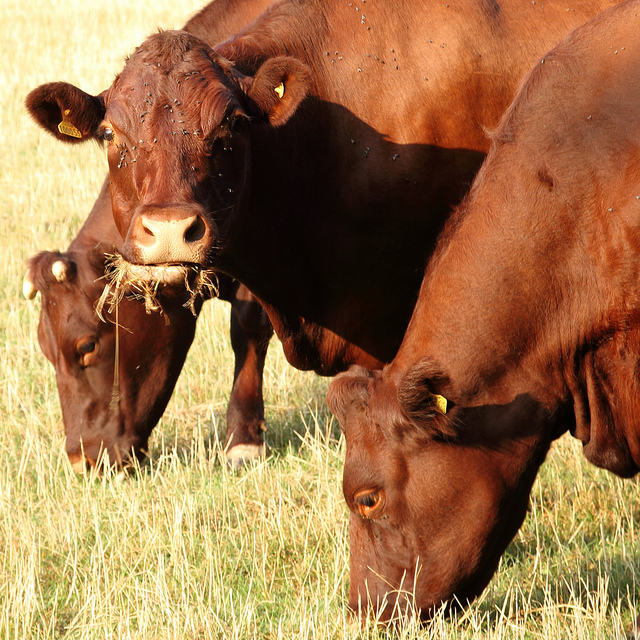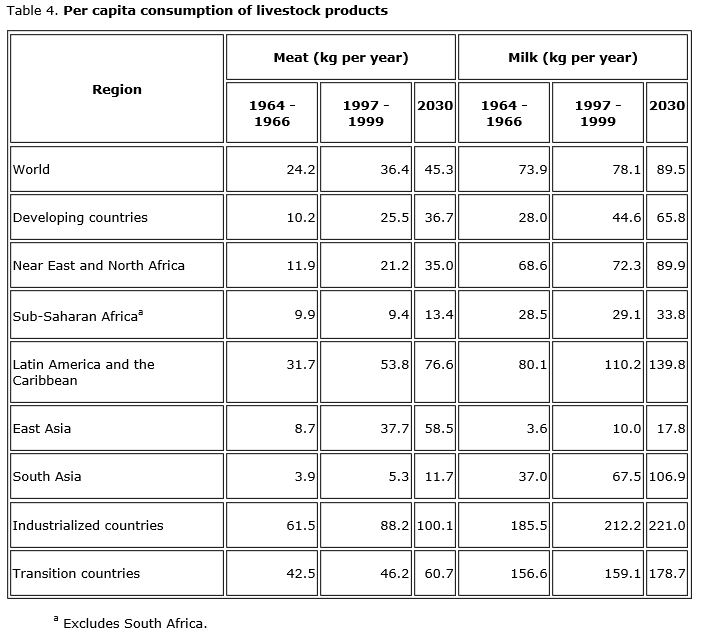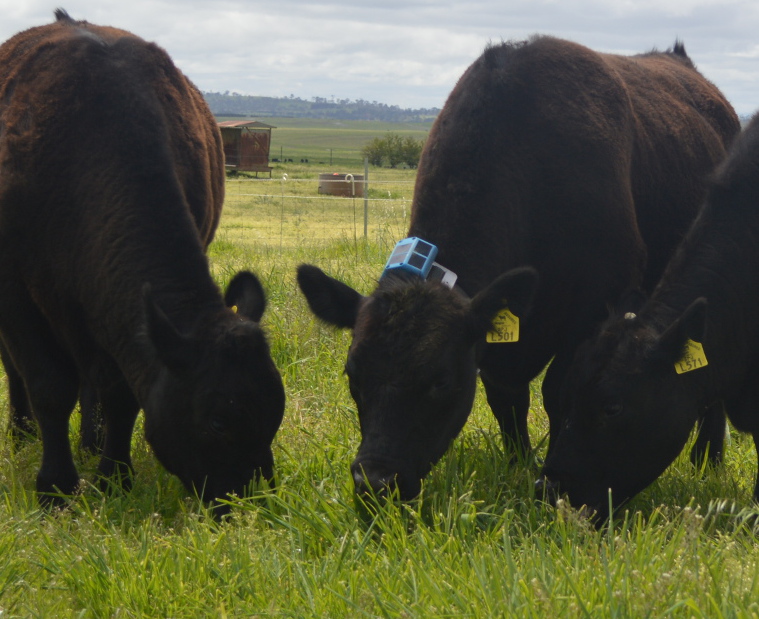
DEMAND for meat and dairy products worldwide has been booming.
According to the World Health Organisation, annual meat production in particular was projected to increase from 218 million tonnes in 1997-1999 to 376 million tonnes by 2030.
The demand has been driven by increases in population, personal wealth and urbanisation.
But with it has come increased demand to feed those animals.
How many animals? An estimated three billion animals now produce the world’s global meat and milk resources. Three billion animals which consume eight billion tonnes of feed annually.
Production of feed for these three billion animals comes from 2.5 billion hectares of land.
Want to estimate what it takes to feed the world's animals to feed us? Start with one animal.
Concerns with large-scale cattle production
Large-scale cattle production systems come with some big environmental questions.
Could the grain consumed by livestock be used to feed people instead? Could that grazing land be used for alternative agricultural production such as cropping? And what about the potential environmental impact of waste methane emitted by the animals.

Livestock farming produces approximately 90 million tonnes of methane per year. That’s 27 per cent of human attributed methane emissions (not because we are producing the methane directly but because we are growing the animals as a food source).
To continue as an important component of global food supply, but with a reduced potential for environmental impact, the livestock sector is under increasing pressure to produce more from a smaller environmental footprint.
Transforming the livestock sector
Production efficiency in the grass-fed beef sector is essential for the industry's transformation. It’s the most cost effective way to grow production and profitability whilst achieving reduced greenhouse gas emissions intensity.
In the livestock sector, efficiency can be measured as a ratio of inputs to outputs, or as feed consumed to kilograms of meat produced or calves weaned. This is where knowing how much feed an individual animal eats becomes the critical question. If we knew this value we could identify the most efficient animals and preference these to breed the next generation, assisting in the goal to produce more from less inputs. Given the sheer number of animals across the planet it is easy to understand how small improvements in efficiency can have large cumulative benefits.
Until now it has been a difficult and time consuming process to measure individual intake of pasture by cattle (or any animal) in a grazing environment. This prevents measurement of efficiency at a scale that can be used easily for breed improvement.
Enter wearable sensors
CSIRO, in collaboration with NSW Department of Primary Industries, set out to solve this problem by developing a practical way to measure pasture intake of individual cattle. Our idea was to use wearable sensor technologies to work out what the cattle were doing much the same way your phone or Fitbit records your activity. We wanted to determine if the sensor signals could be used to identify and measure basic cattle behaviours such as grazing, walking, resting and ruminating and whether these behaviours could then be used to estimate the amount of feed eaten by cattle.

Our first challenge was to build a suitable device. We designed and built sensors that could collect real-time data from grazing livestock that are solar powered, contain radio for two-way communications and real-time data recovery, micro SD cards for data storage and a processor chip to control sensor functions. And they’re tough! Tough enough to withstand a 500 kilogram steer banging them into a fence post while having a good old scratch.
Once the sensor devices were built, we were then able to confirm we could accurately classify cattle behaviour and determined relationships between these behaviours and how much the animal was eating. The process has taken well over five years and lots of watching grass grow, cattle eating, tinkering with sensor devices, data collecting and analysis but we have now developed a system, that we call eGrazor, that can quantify the amount of food consumed by an individual grazing animal.
These intake values can be wirelessly transmitted to a producer’s phone or home computer and when used in combination with walk-over weighing or calving records will deliver efficiency records for each individual animal. Importantly, these results will be specific to the producer’s property and environmental conditions.
The prototype eGrazor is the full ‘bells and whistles’ version that has been designed as a research tool, and has much greater functionality than is required to gain the intake measure. We are currently investigating ways to produce a cheaper product that focuses on only measuring intake and is commercially available to producers.
Digital phenotyping is the future
Being able to meet future demands and constraints on grazing livestock production will require the industry to transform the way phenotypic data such as this is collected and analysed. Digital phenotyping using devices such as eGrazor offers a range of new opportunities to efficiently obtain data on traits that have been previously difficult to measure. They also offer the potential to measure many traits simultaneously or at a level of detail previously unachievable, and to define new traits.
Successful adoption of this technology will improve the precision of nutritional and other management strategies, and accelerate the rate of genetic gain for feed efficiency in grazing cattle.
Aaron Ingham is group leader of livestock phenomics at CSIRO.
Dr Greg Bishop-Hurley is a senior research scientist at CSIRO.
Dr Paul Greenwood is senior principal research scientist in the Beef Industry Unit at the NSW Department of Primary Industries.
